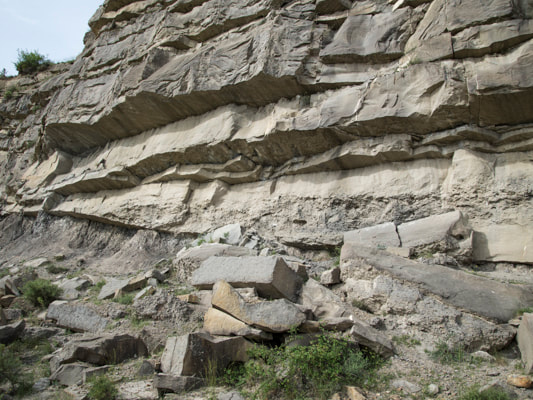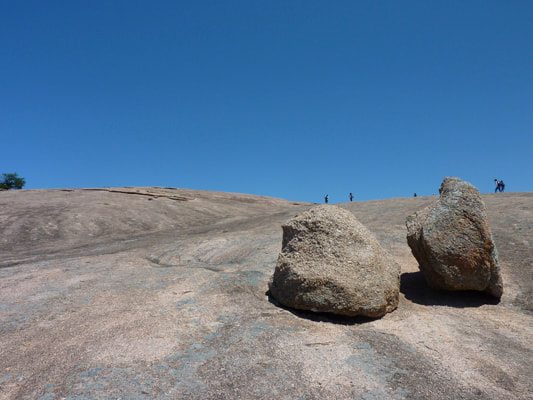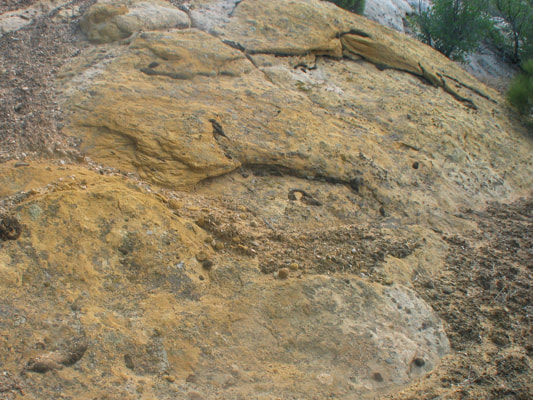Energy is fundamental to our society and our survival. For millennia our energy consumption was relatively static, with a population of less than one billion.
But with the industrial revolution, everything changed
But with the industrial revolution, everything changed
The remains of Derrydiddle Mill, an early 19th century mill at the outset of the Industrial Revolution.
Carbon-based fuels have always been a part of the energy mix, from the early use of peat and wood burning to charcoal. Whilst much of medieval industrialization was driven by water energy. But it was fossil fuels that drove the rapid expansion of the industrial revolution. First with coal in the 18th and 19th centuries, transitioning to oil and then gas in the 20th century. With industrialization came improvements in life expectancy and standards, but also a concomitant increase in population growth and demand for more energy. Today, the average per capita energy consumption of a person in the US is c. 79,897 kWh, Europe c. 31,160 kWh, India, c. 6,923 kWh (India), down to 98 kWh in Chad (data from ourworldindata.org).
As people around the world drive to attain the same standard of living as those in the West, the total energy consumption increases. That is simple maths. If you want to see this graphically then check out the world map through time https://ourworldindata.org/grapher/per-capita-energy-use
The challenge is this, where do we get our energy from?
Our aim at Knowing Earth is to help companies and governments in their search for new energy resources. We also provide insight pieces and reports on the energy industry and energy usage.
As people around the world drive to attain the same standard of living as those in the West, the total energy consumption increases. That is simple maths. If you want to see this graphically then check out the world map through time https://ourworldindata.org/grapher/per-capita-energy-use
The challenge is this, where do we get our energy from?
Our aim at Knowing Earth is to help companies and governments in their search for new energy resources. We also provide insight pieces and reports on the energy industry and energy usage.
|
Hydrocarbons
Hydrocarbons remain a large proportion of the energy mix today and for many nations a key part of their economies.
We provide resources, reports, and consultancy based on over 30 years of experience in frontier exploration. |
Geothermal
Geothermal draws energy from heat generated within the Earth, through direct heat but also radioactive decay in minerals.
Various techniques are used to extract this energy. The most common is to use water and steam pumped into the thermal system (3-10 km), heated, and then extracted. At this point it can either be used directly or used to power turbines. Our contribution to geothermal exploration includes using our databases of crustal architecture and igneous activity, heat-flow, and structure to identify key areas for geothermal exploration and to assess the impact of structure on drilling, the movement of fluids, and extraction efficiency. |
Battery Minerals
Key elements used in battery manufacture include lithium, cobalt, nickel, vanadium, manganese, aluminium, phosphate, and sulphur (sulfur).
The source of these elements is concentrated in certain geographic and geological settings. For example, the main source of lithium is from salt deposits, but it also occurs in the mineral spodumene in granite pegmatites and aplites. We provide geological reports, atlases, and consultancy that can help explorationists search for new resources. |
|
Hydrogen
Hydrogen is increasingly being discussed as a significant player in the energy mix. Experiments in domestic heating in the northeast of England, and in transport have been widely publicized. Although not a geological challenge, Hydrogen infrastructure lends itself to geospatial analysis. In the UK, many of the leading energy distribution companies are already investigating the economics of this resource.
|
Water, Wind & Solar
Water, wind, and solar have long been used as local sources of energy. Today giant wind turbines and solar farms are a common feature around the world.
Although primarily a technology challenge, the effectiveness of these energy sources also requires an understanding of the hydrological system and climate in order to best locate generating sites. |
Tides & Waves
Tides and waves are, by their very nature, a predictable source of energy.
Part of the challenge of tide and wave energy extraction is the impact on downstream sediment and water movement. This depends on the type of technology applied. We have contacts with research groups specializing in tide and wave modelling. |
|
Nuclear
Nuclear energy has always had a love-hate relationship. With the drive towards carbon-neutral energy sources, nuclear provides an option.
The primary input to nuclear systems is Uranium. Uranium is found naturally in many deposits. Some of the largest currently being mined include volcanogenic sources (e.g. Olympic Dam, Australia), hydrothermal veins and intrusives, phosphatic sediments (e.g. Central African Republic), black shales and conglomerates. Similarly, exploration for monazite, which is the main source of thorium used in thorium reactors. We can add to this story with our experience in tectonic, our crustal and igneous databases, but also our source-to-sink studies. |
The Energy Transition
The history of humanity has always been one of change, and no where is this more clear than our search for and use of energy.
We can provide insight into the Energy Transition as well as putting you in contact with some of the key scientists in the field as well as providing reports, training courses, and consultancy to help you navigate this fast-moving field. |
Sustainability
Energy consumption and sustainability are an important part of the energy equation. This is not simple. We are currently researching this important topic in order to provide decision makers with an understanding of the complexities of the problem and potential solutions.
|
For further information please contact us at [email protected]










